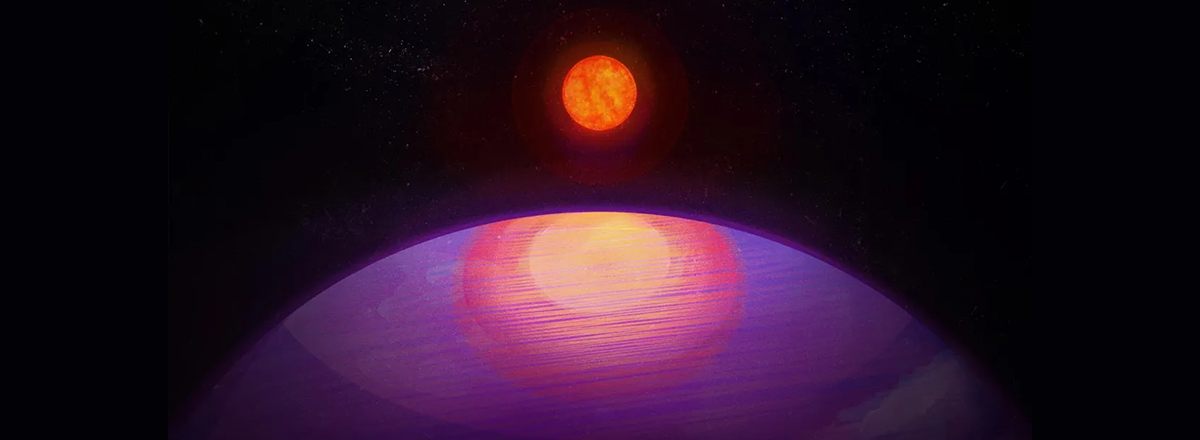Scientists Discover an Exoplanet that Challenges Our Understanding of the Universe
Computer simulations showed that for LHS 3154b to exist, its protoplanetary disk would have needed to contain more solid material than previously thought possible.

Astronomers from Penn State University have made a discovery that defies conventional wisdom about planetary formation and star size. The team detected an enormous exoplanet, LHS 3154b, orbiting an ultracool dwarf star, raising significant questions about the accepted theories of planetary and stellar birth.
This newfound planet has a mass 13 times that of Earth, comparable to Neptune, while its host star, LHS 3154, is only nine times less massive than our sun. This extreme size difference challenges scientists' previous understanding of how planets are formed.
The common belief has been that planets emerge from protoplanetary disks of gas and dust that surround young stars. These disks typically have a much lower mass than the stars themselves, limiting the size of the planets they can create.
However, computer simulations showed that for LHS 3154b to exist, its protoplanetary disk would have needed to contain more solid material than previously thought possible. This discovery has astronomers reevaluating their understanding of planet and star formation.

